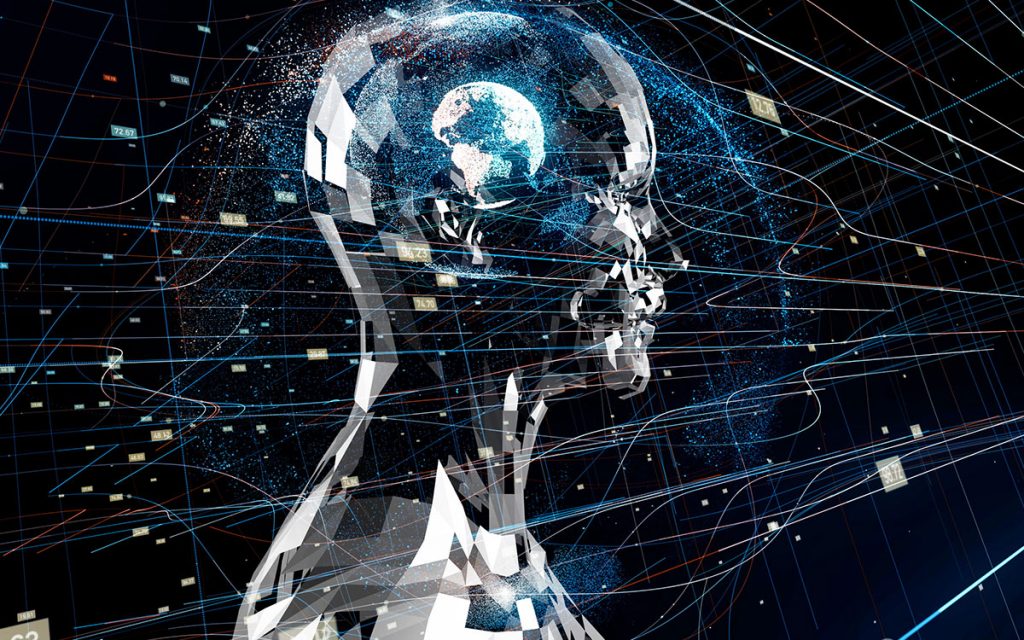For some people, the words “artificial intelligence” conjure up images of alien lifeforms descending on Earth as you might see in a bad sci-fi movie. For others, it’s the thought of robots taking the place of humans for tasks that involve repetitive motion.
The truth is that artificial intelligence, or AI as it’s called, is a lot less menacing than it sounds. In fact, the intent behind AI is to aid humans through robotic intervention. While it has evolved with time, the field of AI isn’t particularly new. You may not know this, but the term was actually coined in 1956 at a conference at Dartmouth College.
One of the ways AI is taking shape is in devices and technology designed to aid people with hearing impairments through a variety of means. Here are five emerging AI trends that are helping the hearing impaired.
Language translation
Large tech companies are now using AI as a translator for those suffering from hearing loss. This approach recognizes raw spoken words and translates those sounds into text that’s easy to read and understand. Even more impressive is that it’s fully conversational, meaning that the system will detect and translate pauses, stutters and other natural patterns of speech.
Voice assistants
This tool uses the same technology that popular voice assistants—like those you might use on your phone or in your home—but tweaked for the hearing-impaired population. In this case, the voice assistant works in tandem with an auditory implant, using speech perception as part of its fitting algorithm. In turn, this can help to maximize outcomes for patients, improving the implant’s ability to recognize sounds.
Driver’s assist
The quest to create a self-driving car has led to numerous innovations in driver-assist technology. And there’s a good chance that as technology improves, and price points fall, that you’ll see more innovations becoming affordable. It’s important to note that there are different levels of assistance, which range from steering or acceleration/deceleration assistance to full automation. These technologies help people who may not hear oncoming traffic avoid collisions.
Updated closed captioning
The next wave of closed captioning is going beyond just the transcription of words and into capturing visuals as well. For example, there are new applications in place that use AI to process sign language and can translate it into text or speech. This can help hearing-impaired people who may not be comfortable with sign language. It can also be conducive to the workplace and used by hearing-impaired people to help them complete their tasks at work.
Enhanced lip reading
The internet is a wonderful place full of rich media, including videos on just about any topic. Unfortunately, the bulk of those videos just don’t include closed captioning. That means that hearing-impaired people do not receive a site’s full experience. However, recent AI advancements are changing that. One of the most advanced lip-reading algorithms “watched” more than 5,000 hours of television and was able to identify more than 17,000 words. When put to the test using 200 random voice tracks, the algorithm far outperformed a human lip reader trained in the skill, successfully translating about 47 percent of words without an error. By comparison, the human lip reader only successfully named about 12 percent of words.
For hearing-impaired people, AI provides yet another opportunity to improve their lives and break down barriers. For more information on hearing loss and how technology is shaping the future, check out our hearing aids section.



